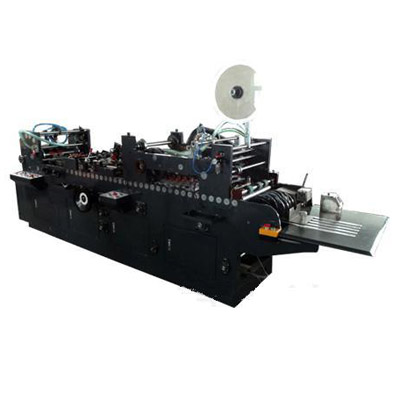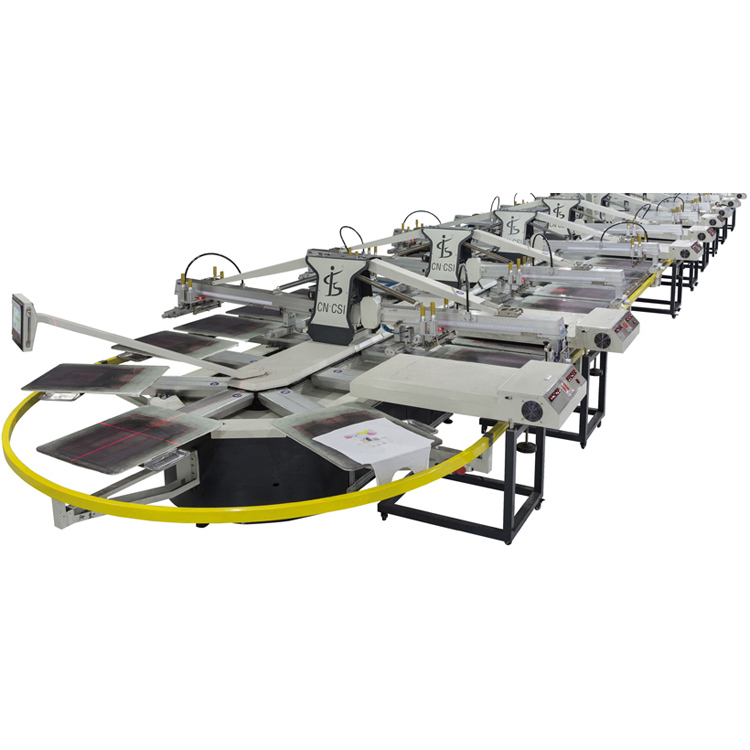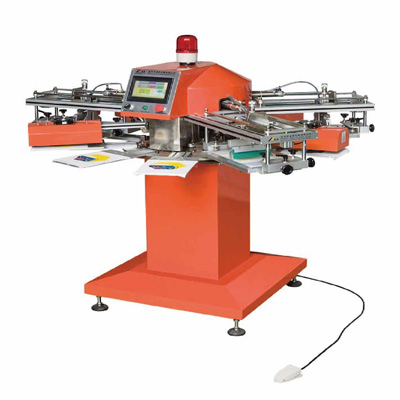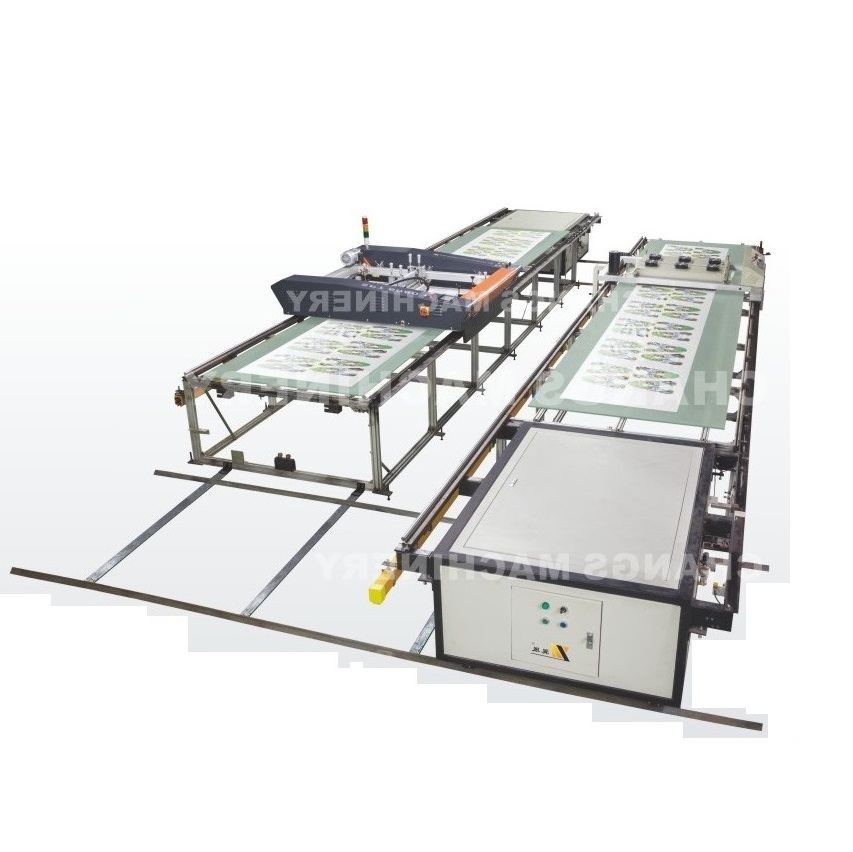In an age dominated by digital messages, it's easy to overlook the humble envelope. Yet, millions are still used daily for bills, marketing, official documents, invitations, and more. Producing these essential paper pockets efficiently at scale requires a specialized workhorse: the Envelope Machine.
What is an Envelope Machine?
Simply put, an envelope machine is an automated device designed to manufacture envelopes from paper or paperboard stock at high speeds. It transforms flat sheets or pre-cut blanks into fully formed, sealed (or sealable), and often addressed envelopes ready for use. Think of it as a highly specialized assembly line dedicated solely to creating the containers that protect and deliver our physical mail.
Why Machines? The Scale Demands It:
Imagine folding, gluing, and sealing hundreds or thousands of envelopes by hand. It's slow, labor-intensive, and inconsistent. Envelope machines solve this problem by automating the entire process with remarkable precision and speed. Modern machines can produce thousands of envelopes per hour, a feat impossible manually.
How Does an Envelope Machine Work?
While designs vary significantly based on the type of envelope and production volume, the core process typically involves these automated stages:
1. Feeding: Rolls of paper ("web") or pre-cut blanks are fed into the machine automatically.
2. Printing (Optional but Common): Many machines incorporate printing units. This can add:
Graphics: Logos, branding, security patterns.
Addressing: Recipient and return addresses (often via inkjet or laser).
Postal Marks: Barcodes, indicia (pre-paid postage marks).
3. Cutting & Creasing: If using a web, the paper is cut to the correct size. Blanks are precisely creased (scored) along the lines where folds will occur (flaps, sides, bottom).
4. Gluing: Liquid adhesive (usually latex or dextrin-based) is applied accurately to specific areas:
Side Seams: Where the back panel overlaps and seals the sides.
Bottom Flap: Where the bottom is folded and sealed.
Moistening Strip (if applicable): On the seal flap (the part you lick or peel).
5. Folding: Mechanical fingers, belts, and wheels fold the creased blanks along the pre-determined lines:
Side flaps are folded inwards. The bottom flap is folded upwards. Pressure is applied to ensure glued seams bond firmly.
6. Drying/Curing (Optional): Some machines include brief drying stages to set the glue faster, especially for high-speed operations.
7. Counting & Stacking: Finished envelopes are counted and neatly stacked or packed into boxes for distribution.
Types of Envelope Machines:
1. Automatic Envelope Making Machines: The most common industrial type. Handles the entire process from feeding the web/blank to stacking finished envelopes. Highly versatile for various styles (commercial, catalog, booklet, square flap, etc.).
2. Window Patching Machines: Specialized machines that apply the transparent film window to window envelope blanks before or during the main envelope forming process.
3. Envelope Sealing Machines: Smaller, often desktop machines. These don't make envelopes; they seal pre-made envelopes (moistening the gummed flap or activating peel-and-seal strips) at high speed for mailroom operations.
4. Envelope Addressing Machines: Machines dedicated solely to printing addresses and postal information onto pre-made envelopes.
Where Are They Used?
1. Commercial Envelope Converters: Large-scale manufacturers supplying envelopes to businesses, printers, and distributors.
2. In-Plant Print/Mail Facilities: Large corporations, banks, utilities, and government agencies that produce massive volumes of their own mail (bills, statements, marketing).
3. Direct Mail & Marketing Companies: Producing targeted mail campaigns.
4. Specialty Envelope Producers: Making unique or custom-designed envelopes.
The Impact: Efficiency & Consistency
Envelope machines are fundamental to modern business communication and logistics. They provide:
1. Massive Scale: Enabling the production required for large mailings.
2. Consistent Quality: Precise folding, gluing, and printing ensure every envelope meets specifications.
3. Cost-Effectiveness: Drastically reducing labor costs per envelope.
4. Speed: Meeting tight deadlines for time-sensitive communications (bills, promotions).
5. Customization: Allowing for efficient printing of variable data (addresses, barcodes) and designs.

In Conclusion:
An envelope machine is far more than just a folding device. It's a sophisticated piece of industrial automation that transforms raw materials into a finished, functional product essential for physical communication and commerce. From the basic business reply envelope to intricately designed invitations, these machines work tirelessly behind the scenes, ensuring the smooth flow of information packaged securely within a simple, yet vital, paper container. They are a testament to engineering ingenuity solving the practical challenge of efficient mass production for an enduring communication tool.






